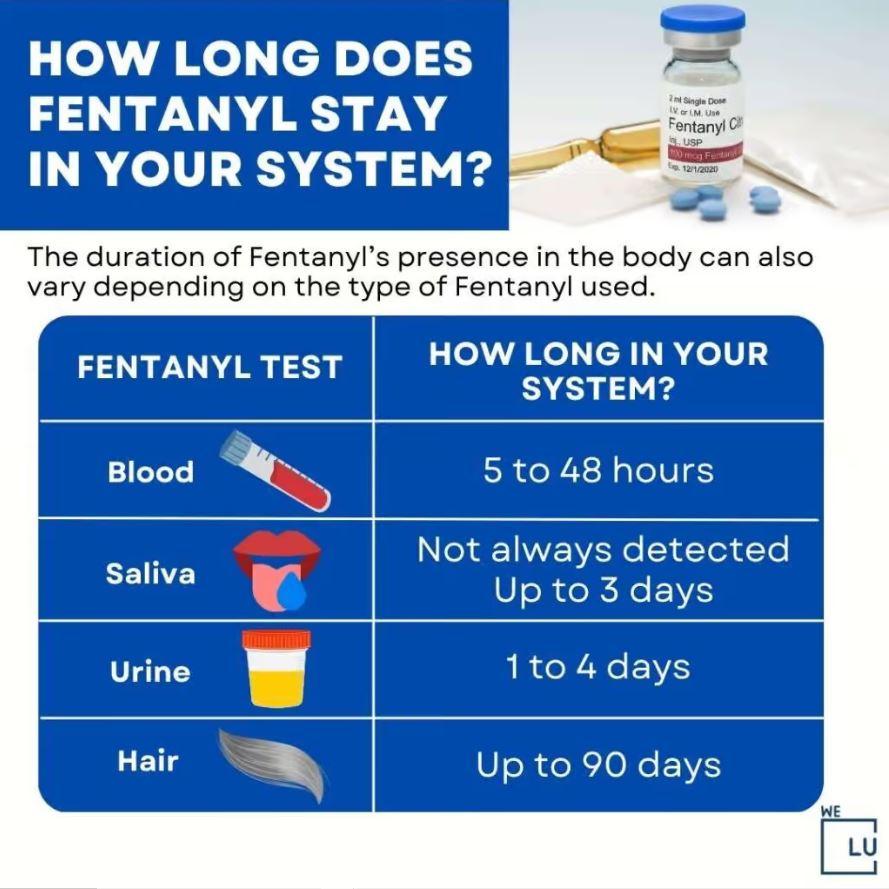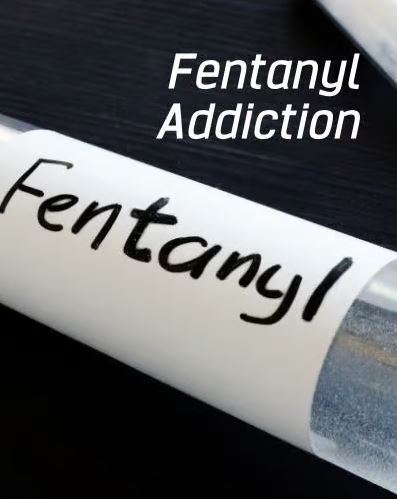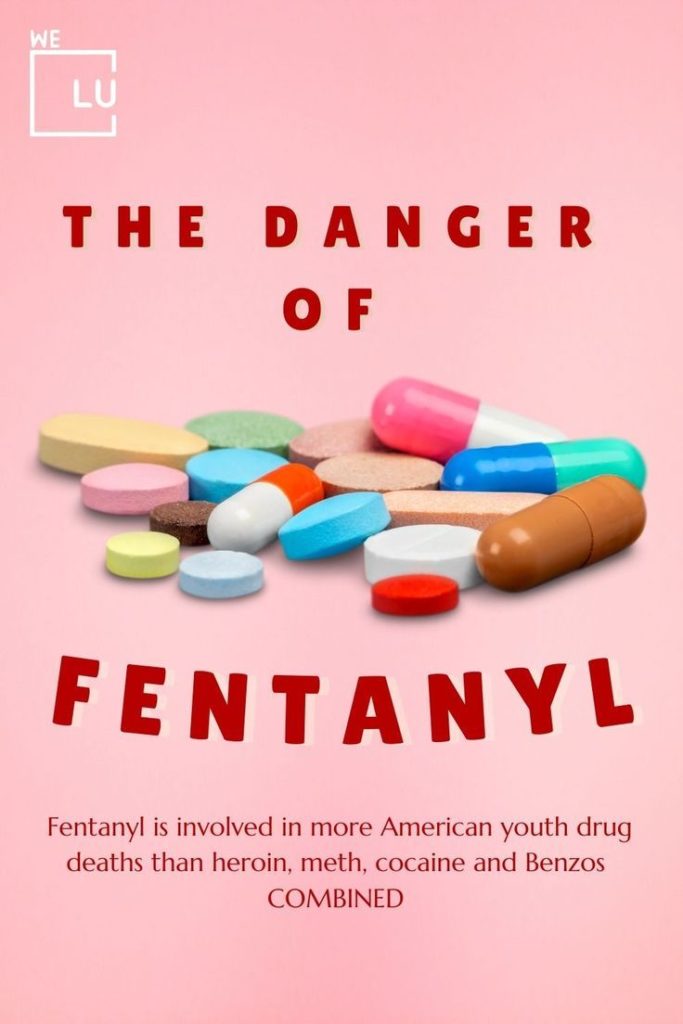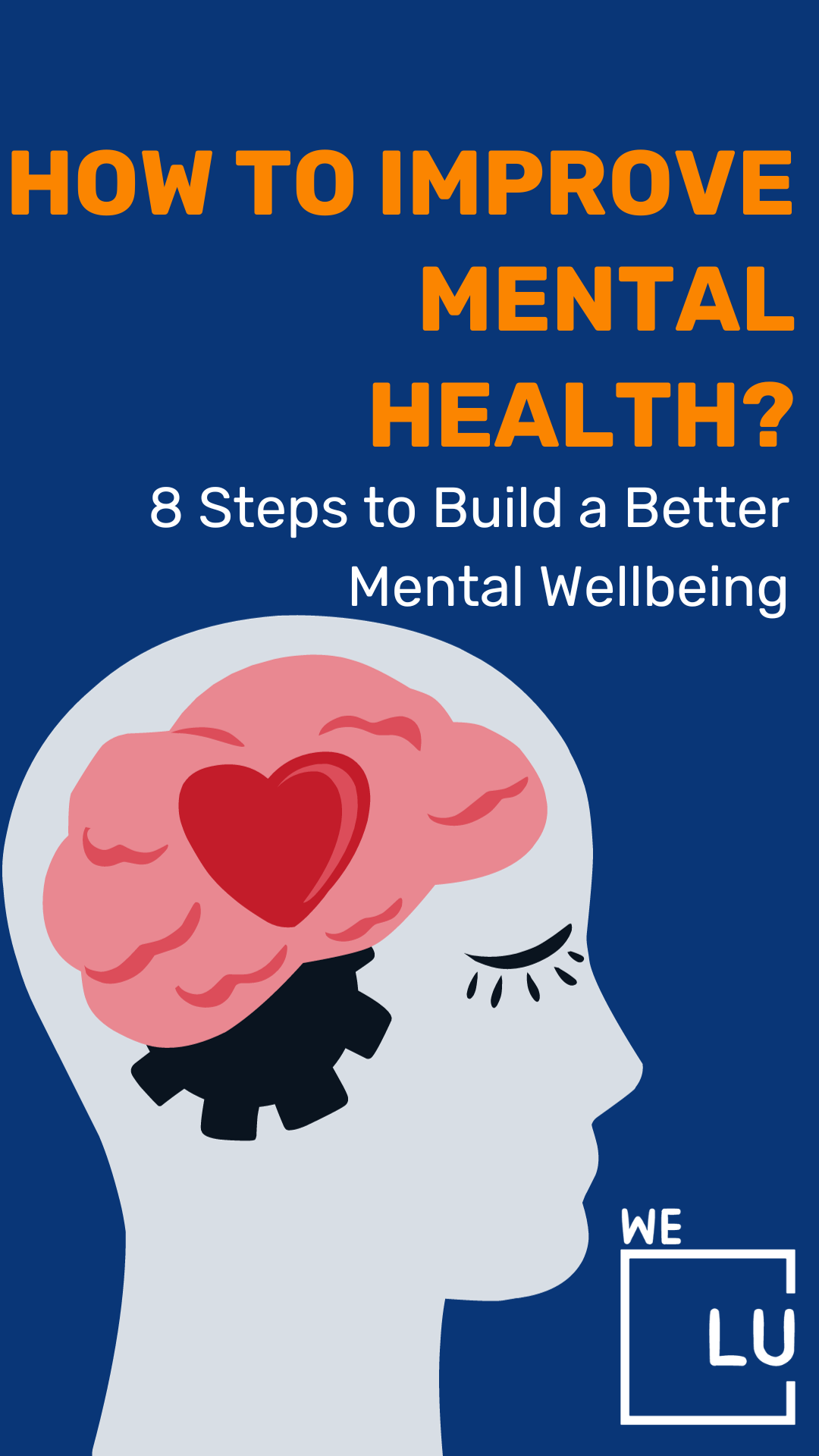What Is The Fentanyl Half Life?
The fentanyl half life refers to the time it takes for half of the administered dose of fentanyl, a potent synthetic opioid pain medication, to be metabolized and eliminated from the body. Understanding the concept of half-life is vital, as it provides insight into how long the drug remains active in the body and influences factors such as dosing frequency, potential accumulation, and overall duration of effects.
Fentanyl’s half-life can vary based on the specific formulation (patches, lozenges, injections), individual metabolism, and other substances that might affect its clearance. On average, the half-life of fentanyl ranges from around 3 to 12 hours. This means that, after one half-life, roughly 50% of the drug is eliminated, and this process continues in subsequent half-lives until the drug is effectively cleared from the system.
Here’s a table illustrating the approximate half-lives of various fentanyl formulations:
| Fentanyl Formulation | Half-Life Range |
|---|---|
| Transdermal Patch | 17 to 52 hours |
| Injectable Fentanyl | 2 to 4 hours |
| Fentanyl Citrate Lozenge | 7 to 11 hours |
It’s crucial to note that even though the drug might be cleared from the body after a few half-lives, the effects can linger due to the cumulative impact of the substance in the system. This is especially relevant for prolonged-release formulations like transdermal patches.
The half-life of fentanyl serves as a foundational concept for medical professionals when designing dosing regimens, managing pain, or assisting individuals in recovery from fentanyl use. Moreover, comprehending the half-life aids in predicting potential withdrawal symptoms and planning appropriate interventions for those struggling with fentanyl dependency. Always consult a qualified healthcare provider for accurate information and guidance tailored to specific circumstances.
How Long Does Fentanyl Last?
The duration for which fentanyl can be detected in different biological samples—urine, blood, hair, and saliva—plays a crucial role in various contexts, such as medical monitoring, workplace drug testing, and forensic analysis. Detectability varies based on factors like the sensitivity of the testing method, the amount and frequency of fentanyl use, and individual metabolism. Below, we outline approximate detection windows for fentanyl in each sample type:
| Sample Type | Detection Window |
|---|---|
| Urine | 1 to 3 days |
| Blood | Up to 12 hours |
| Hair | Up to 90 days |
| Saliva | Up to 2 days |
- Urine Detection: Fentanyl and its metabolites can usually be detected in urine within 1 to 3 days after use. The detection window can vary based on factors like the dose taken, frequency of use, and individual metabolism. Urine tests are commonly used for drug screening due to their wide detection window.
- Blood Detection: Fentanyl’s presence in the blood is generally detectable for a shorter duration than urine. Blood tests can identify fentanyl within the first 12 hours after use. This short detection window makes blood tests more suitable for detecting recent use or cases of acute intoxication.
- Hair Detection: Fentanyl can be detected in hair follicles for an extended period, usually up to 90 days or even longer. Hair tests are beneficial for identifying drug use patterns over time, making them valuable in contexts like workplace testing or legal investigations.
- Saliva Detection: Saliva tests can detect fentanyl for up to 2 days after use. While saliva tests have a relatively short detection window, they are non-invasive and easier to administer than blood or hair tests.

Skip To:
Learn More:
- How Long Does Fentanyl Stay In Urine? Fentanyl Urine Testing
- Why Is Fentanyl So Dangerous? Dangers Of Fentanyl & How Much Fentanyl Is Dangerous?
- How Is Fentanyl Made? Fentanyl Facts
- How Long Does Fentanyl Stay In Your System, Urine, Blood, Salvia & Hair? Fentanyl Drug Test Duration Chart.
- What Does Fentanyl Do To You? Abuse, Side Effects & Treatment
- What is Fentanyl? Rainbow Fentanyl Symptoms, Uses, Side Effects, Overdose & Detox Withdrawal Timeline
- What Does Fentanyl Look Like? Rainbow Fentanyl, Colored Candy Fentanyl, Skittles Fentanyl Images, Facts, Warnings, & FAQs
- Carfentanil Drug
- Fentanyl Detox
- Fentanyl and Alcohol
- Fentanyl Rehab
- Fentanyl Withdrawal Timeline
It’s important to note that these detection windows are approximate and can vary based on individual factors. Additionally, advances in testing technology can impact detection times. When interpreting results, it’s crucial to consider the context and purpose of the testing.
For medical professionals, understanding the detection duration can aid in patient care and monitoring. This information can be crucial for determining recent drug use in legal and forensic settings. Individuals undergoing testing, whether as part of treatment or screening, should be aware of the detection windows and provide accurate information about their medication use to ensure the most reliable results.
Get Help. Get Better. Get Your Life Back.
Searching for Accredited Drug and Alcohol Rehab Centers Near You?
Even if you have failed previously and relapsed, or are in the middle of a difficult crisis, we stand ready to support you. Our trusted behavioral health specialists will not give up on you. When you feel ready or just want someone to speak to about therapy alternatives to change your life call us. Even if we cannot assist you, we will lead you to wherever you can get support. There is no obligation. Call our hotline today.
(844) 597-1011Popular Fentanyl Half Life FAQs
-
What is The Fentanyl Half Life IV?
The intravenous (IV) administration of fentanyl typically results in a relatively short half-life compared to other routes of administration. The half-life of IV fentanyl is around 2 to 4 hours. This means that within this timeframe, approximately half of the administered dose of IV fentanyl will be metabolized and eliminated from the body.
Fentanyl Factsheet
Fentanyl Overview
Fentanyl is a synthetic opioid used to treat moderate to severe pain, especially in cancer patients or after surgery. It is 50 to 100 times more potent than morphine and can cause respiratory depression, addiction, and overdose. It can be prescribed in different forms, such as injection, nasal spray, patch, tablet, spray, or lozenge. It can also be illegally made and mixed with other drugs, such as heroin or cocaine.
Fentanyl Drug Tests
- Fentanyl Blood Test: Fentanyl can typically be detected in blood for a relatively shorter period than urine or hair. The detection window for a blood test is often around 1 to 2 days after use. Blood tests are often used in emergencies or when recent drug use needs to be confirmed promptly.
- Fentanyl Saliva Test: Saliva tests have a slightly longer detection window than blood tests. Fentanyl can usually be detected in saliva for 1 to 3 days after use. Saliva tests are non-invasive and can provide relatively quick results, making them useful in various testing scenarios.
- Fentanyl Urine Test: Urine tests are among the most common methods for detecting fentanyl use. Fentanyl can be detected in urine for approximately 1 to 3 days after the last use. Fentanyl metabolites can extend the detection window beyond the parent drug’s presence. The urine test’s popularity is due to its longer detection window and ease of sample collection.
- Fentanyl Hair Test: Hair tests have the most extended detection window among these methods. Fentanyl and its metabolites can be detected in hair for up to 90 days or even longer after use. This is because trace amounts of drugs are incorporated into hair strands as they grow. Hair tests are often used when a more extended history of drug use needs to be assessed.
Fentanyl Addiction Treatments
Addressing fentanyl addiction requires a comprehensive and individualized approach due to the potency and risks associated with the drug. Here are some critical treatments and strategies for managing fentanyl addiction:
- Medical Detoxification: Medical detoxification, or detox, is often the initial step in treating fentanyl addiction. Under medical supervision, individuals are gradually tapered off fentanyl to manage withdrawal symptoms. Medical professionals may administer medications to ease withdrawal discomfort and reduce cravings.
- Medication-Assisted Treatment (MAT): MAT involves using medications to reduce cravings and manage withdrawal symptoms. Buprenorphine, methadone, and naltrexone are commonly used medications for opioid addiction, including fentanyl. These medications can help stabilize individuals in recovery and reduce the risk of relapse.
- Behavioral Therapies: Behavioral therapies play a crucial role in addressing the psychological aspects of addiction. Cognitive-behavioral therapy (CBT), contingency management, and motivational enhancement therapy are effective in helping individuals identify triggers, develop coping skills, and modify behaviors associated with drug use.
- Counseling and Support Groups: Individual and group counseling provides a platform for individuals to explore underlying issues contributing to addiction. Support groups like Narcotics Anonymous (NA) offer a sense of community and shared experiences, fostering a supportive environment for recovery.
- Holistic Approaches: Holistic therapies, such as yoga, meditation, art therapy, and mindfulness practices, can complement traditional treatments by promoting overall well-being and stress reduction.
Fentanyl Abuse Statistics
Fentanyl abuse statistics show that fentanyl is a highly potent synthetic opioid significantly contributing to the opioid epidemic in the United States. In 2020, there were over 93,000 drug overdose deaths in the US, with fentanyl involved in over 60%. Fentanyl abuse has also increased in other countries, including Canada and the United Kingdom.
73%
Synthetic opioids, including fentanyl, were involved in almost 73% of all opioid-related overdose deaths in 2019.
Source: CDC
1.6 million
Approximately 1.6 million people aged 12 or older misused prescription pain relievers like fentanyl for the first time in 2020.
Source: The National Survey on Drug Use and Health
57%
Fentanyl seizures by law enforcement in the US increased by 57% from 2019 to 2020, with nearly 17,000 pounds of fentanyl seized in 2020.
Source: DEA

Get Your Life Back
Find Hope & Recovery. Get Safe Comfortable Detox, Addiction Rehab & Dual Diagnosis High-Quality Care.
Hotline(844) 597-1011
How Long Do The Effects Of Fentanyl Last?
The duration of fentanyl’s effects is critical for medical professionals and individuals using this potent synthetic opioid pain medication. Understanding how long fentanyl lasts in the body is essential for managing pain effectively, preventing overdose, and addressing concerns related to addiction and dependence.
The duration of fentanyl’s effects can vary significantly based on factors such as the route of administration, the specific formulation used, an individual’s metabolism, and their overall health condition. Here, we provide a general overview of the duration of action for different fentanyl formulations:
| Fentanyl Formulation | Duration of Effects |
|---|---|
| Short-Acting Fentanyl | 30 minutes to 1 hour |
| Injectable Fentanyl | 1 to 2 hours |
| Fentanyl Patch (Transdermal) | Up to 72 hours |
| Fentanyl Lozenges | 2 to 4 hours |
The duration mentioned in the table represents the period during which the primary effects of fentanyl are active. However, the residual and potential side effects can extend beyond these durations.
For instance, the transdermal patch provides a prolonged release of the drug, leading to lingering effects even after the patch is removed. Similarly, individual responses to fentanyl can vary; some people might experience effects for longer or shorter durations than average.
Additionally, while short-acting forms of fentanyl have a relatively brief duration of action, it’s crucial to consider the potential for cumulative effects, especially when using multiple doses over time. This cumulative impact can contribute to prolonged effects and influence the risk of overdose.
In managing pain, the duration of fentanyl’s effects guides healthcare professionals in determining dosing schedules and optimizing pain relief while minimizing the risk of adverse events. For individuals using fentanyl recreationally or struggling with dependence, understanding the duration of effects is crucial to making informed decisions about consumption and seeking appropriate treatment.
As fentanyl is a powerful opioid with potential misuse and dependence, anyone considering its use should consult a healthcare provider for personalized guidance and information tailored to their specific situation.
First-class Facilities & Amenities
World-class High-Quality Addiction & Mental Health Rehabilitation Treatment
Rehab Centers TourRenowned Addiction Centers. Serene Private Facilities. Inpatient rehab programs vary.
Addiction Helpline(844) 597-1011Proven recovery success experience, backed by a Team w/ History of:
15+
Years of Unified Experience
100s
5-Star Reviews Across Our Centers
10K
Recovery Success Stories Across Our Network
- Low Patient to Therapist Ratio
- Onsite Medical Detox Center
- Comprehensive Dual-Diagnosis Treatment
- Complimentary Family & Alumni Programs
- Coaching, Recovery & Personal Development Events
How Long Does Fentanyl High Last?
The duration of the “high” or euphoric effects of fentanyl can vary depending on several factors, including the route of administration, the dose taken, an individual’s tolerance, metabolism, and overall health. Fentanyl is a potent opioid, and its effects can be intense and relatively short-lived compared to other opioids.
For intravenous (IV) administration or smoking, the onset of the “high” can be nearly instantaneous, but the effects may last only around 30 minutes to an hour. When fentanyl is administered through other routes, such as intranasal (snorting) or transmucosal (lozenges), the onset might be slightly delayed, and the effects can last a few hours.
It’s important to note that seeking or experiencing a “high” from fentanyl is associated with a high risk of overdose and other adverse effects. Fentanyl’s potency and rapid onset can make it particularly dangerous, especially for those unfamiliar with its effects or who use it recreationally without a proper understanding of its risks.
Moreover, due to fentanyl’s potential for rapid tolerance and dependence, individuals who use it to achieve a “high” may need increasingly larger doses to achieve the desired effect, significantly increasing the risk of overdose.
Suppose you or someone you know is struggling with substance use involving fentanyl or other opioids. In that case, seeking help from medical professionals, addiction specialists, or support groups is crucial to address the underlying issues and explore safer and healthier alternatives.

World-class, Accredited, 5-Star Reviewed, Effective Addiction & Mental Health Programs. Complete Behavioral Health Inpatient Rehab, Detox plus Co-occuring Disorders Therapy.
CALL(844) 597-1011End the Addiction Pain. End the Emotional Rollercoaster. Get Your Life Back. Start Drug, Alcohol & Dual Diagnosis Mental Health Treatment Now. Get Free No-obligation Guidance by Substance Abuse Specialists Who Understand Addiction & Mental Health Recovery & Know How to Help.
What is the Fentanyl Half Life? We Level Up Fentanyl Addiction Treatment
We Level Up Treatment Center is dedicated to providing comprehensive and compassionate care for individuals seeking to overcome fentanyl addiction and achieve lasting recovery. Our integrated approach addresses addiction’s physical, emotional, and psychological aspects, ensuring every individual receives tailored treatment to meet their unique needs. Our services encompass the following:
- Medical Assessment and Detoxification: Our experienced medical team conducts thorough assessments to design personalized detoxification plans. We prioritize safety and comfort, managing withdrawal symptoms while preparing you for the journey.
- Medically Managed Detox: With round-the-clock medical supervision, we ensure your detox process is as smooth as possible. Our team utilizes evidence-based interventions and medication-assisted treatments to minimize discomfort and risks.
- Individualized Treatment Plans: We believe in personalized care. Your dedicated treatment team collaborates to create a comprehensive plan that combines therapies, counseling, and support services based on your specific needs and goals.
- Behavioral Therapies: Our diverse range of therapies, including Cognitive Behavioral Therapy (CBT), Dialectical Behavioral Therapy (DBT), and Motivational Interviewing (MI), address underlying triggers and equip you with coping strategies for sustained recovery.
- Group Therapy: Engage in group sessions where you connect with peers facing similar challenges. Our group therapy fosters community, empathy, and shared growth.
- Family Counseling: We understand the importance of involving your loved ones in your recovery journey. Family counseling helps mend relationships, enhances support networks, and promotes healing.
- Dual Diagnosis Treatment: Addressing co-occurring mental health issues is vital. Our experts specialize in dual diagnosis treatment to ensure all facets of your well-being are considered.
- Holistic Approaches: Beyond traditional therapies, we offer holistic options such as mindfulness, yoga, art therapy, and recreational activities, promoting overall well-being and self-discovery.
- Aftercare Planning: Transitioning back to daily life is a critical phase. Our team collaborates with you to develop a robust aftercare plan, including relapse prevention strategies, ongoing therapy, and community support.
- Continuum of Care: Recovery is an ongoing process. We provide a continuum of care, offering step-down programs and support to ensure a smooth transition from intensive treatment to independent living.
At We Level Up Treatment Center, we are committed to walking alongside you on your journey to recovery. Our holistic approach, experienced team, and nurturing environment create a foundation for lasting healing and transformation. We will rise above addiction and discover a brighter, healthier future.
Experience Transformative Recovery at We Level Up Treatment Centers.
See our authentic success stories. Get inspired. Get the help you deserve.
Start a New Life
Begin with a free call to an addiction & behavioral health treatment advisor. Learn more about our dual-diagnosis programs. The We Level Up Treatment Center Network delivers recovery programs that vary by each treatment facility. Call to learn more.
- Personalized Care
- Caring Accountable Staff
- World-class Amenities
- Licensed & Accredited
- Renowned w/ 100s 5-Star Reviews
We’ll Call You
What is the Fentanyl Half Life? Watch The Drug Addiction Informative Video
Video Script
Joey’s Opiates, Drugs, and Alcohol Addiction Recovery Story
Joey’s narrative serves as a poignant and somber reflection on the stark truths of addiction. While grappling with his battles, he encountered formidable obstacles on his path to recovery, especially in the aftermath of the heart-wrenching loss of his beloved son. However, amidst the shadows of adversity, Joey’s trajectory toward reclaiming his life and embracing sobriety emerges as nothing short of uplifting and motivational.
Central to Joey’s journey was that pivotal, often daunting, first stride: the conscious decision to seek assistance for his addiction. This initial step, marked by courage and vulnerability, symbolizes a turning point in his narrative, signifying his resolute commitment to breaking free from dependency. It is a testament to his strength and resilience, which make his journey remarkable.
In recognition of Joey’s unwavering determination, it is only fitting that he is met with an extensive network of unwavering support. Every thread of encouragement, each resource offered, and every professional aiding his rehabilitation represents not just a lifeline but a lifeline intertwined with empathy and hope.
Search We Level Up Fentanyl Half Life Resources
Sources
- National Institute on Drug Abuse (NIDA) – Fentanyl Drug Facts: https://www.drugabuse.gov/publications/drugfacts/fentanyl
- Centers for Disease Control and Prevention (CDC) – Fentanyl Facts: https://www.cdc.gov/stopoverdose/fentanyl/index.html
- Drug Enforcement Administration (DEA) – Fentanyl: https://www.dea.gov/factsheets/fentanyl
- Substance Abuse and Mental Health Services Administration (SAMHSA) – Fentanyl: https://www.samhsa.gov/medication-assisted-treatment/medications-counseling-related-conditions/fentanyl
- National Library of Medicine (NLM) – Fentanyl: https://medlineplus.gov/druginfo/meds/a605043.html
- Food and Drug Administration (FDA) – Fentanyl Transdermal System: https://www.fda.gov/drugs/postmarket-drug-safety-information-patients-and-providers/fentanyl-transdermal-system
- National Institute of Justice (NIJ) – Fentanyl Safety Recommendations for First Responders: https://nij.ojp.gov/topics/articles/fentanyl-safety-recommendations-first-responders
- Office of National Drug Control Policy (ONDCP) – Fentanyl: The Next Wave of the Opioid Crisis: https://obamawhitehouse.archives.gov/blog/2017/03/29/fentanyl-next-wave-opioid-crisis
- National Institute of Standards and Technology (NIST) – NIST Reference Materials for Measuring Opioids, Including Fentanyl: https://www.nist.gov/news-events/news/2019/01/nist-reference-materials-measuring-opioids-including-fentanyl
- National Institutes of Health (NIH) – NIH HEAL Initiative Research Plan to Address the Opioid Crisis, Including Fentanyl: https://heal.nih.gov/research/research-plan





